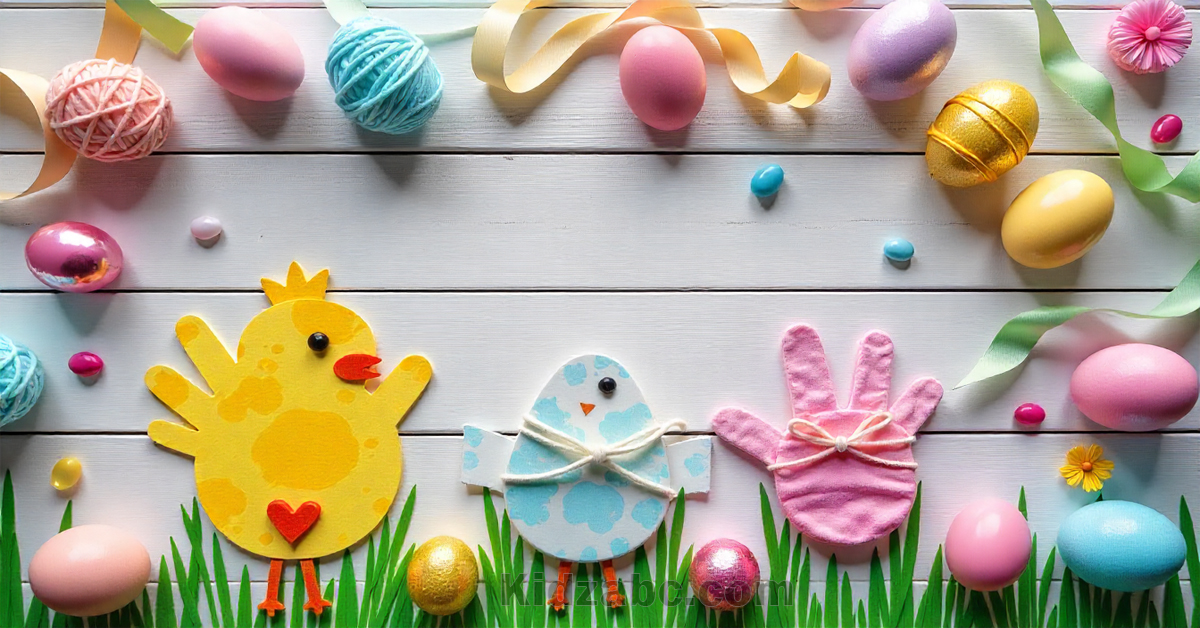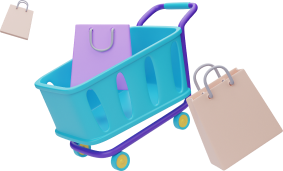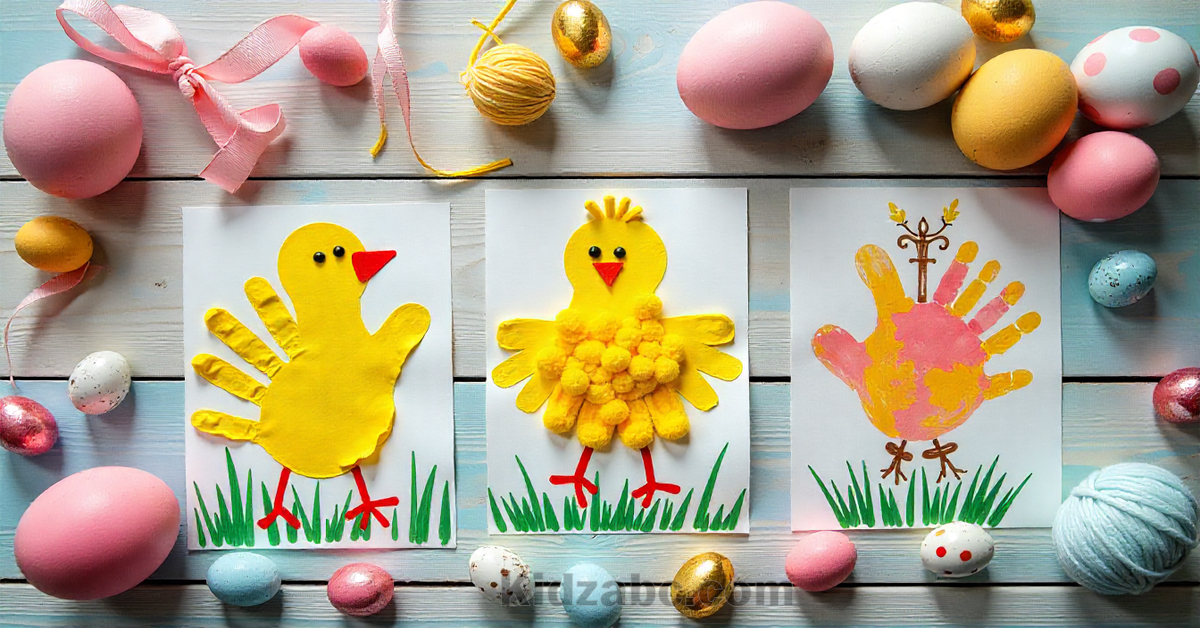Discover 20 creative and easy Easter crafts for preschoolers that bring joy, learning, and holiday cheer! Whether you’re a parent, teacher, or caregiver, this guide offers simple, safe, and delightful art projects using everyday materials. Each craft is designed to boost fine motor skills, spark imaginative play, and encourage bonding. From adorable bunny footprints to colorful egg mosaics, you’ll find step-by-step instructions, helpful tips, and variations for all skill levels.

20 Easter Crafts for Preschoolers
1. Bunny Footprint Art
- Materials: Non-toxic washable paint, paper, crayons, or markers
- Steps: Paint the child’s foot, press onto paper, once dry, draw bunny ears, whiskers, and a cute face.
- Learning & Benefits: Sensory fun, creative expression, bodily awareness.
- Tip: Use pastel colors; vary with “Easter Chick Footprint” by drawing beaks and legs.

2. Paper Plate Easter Basket
- Materials: Paper plate, construction paper, glue, stickers, ribbon
- Steps: Cut the plate in half, decorate, add a paper handle, fill with paper-egg cutouts or small treats.
- Learning & Benefits: Scissor skills, pattern recognition, imaginative play.

3. Popsicle Stick Bunny Puppets
- Materials: Popsicle sticks, cotton balls, googly eyes, pipe cleaners
- Steps: Glue cotton ball “tails,” shape ears from sticks or paper, decorate face and whiskers.
- Learning & Benefits: Fine motor skills, puppet storytelling, tactile play.

4. Egg Carton Flowers
- Materials: Egg cartons, paint, pipe cleaners, pom-poms, glue
- Steps: Cut carton cups, paint, glue pom-pom centers, attach pipe-cleaner stems.
- Learning & Benefits: Reusing materials, color mixing, and nature inspiration.
5. Sponge-Printed Easter Eggs
- Materials: Colorful sponges cut into shapes, paint, and paper
- Steps: Dip sponges in paint, stamp egg outline repeatedly for a mosaic effect.
- Learning & Benefits: Pattern recognition, texture exploration, creativity.

6. Toilet Roll Easter Characters
- Materials: Empty toilet rolls, paper, paint, markers, glue
- Steps: Paint rolls, add bunny or chick features with paper or markers.
- Learning & Benefits: Recycling, imaginative play, storytelling.

7. Salt-Painted Easter Eggs
- Materials: Glue, table salt, watercolors, thick paper
- Steps: Draw with glue in egg shapes, sprinkle salt, dry, paint with watercolors — salt holds pigment uniquely.
- Learning & Benefits: Science exploration (capillary action), fine motor control, artistic experimentation.

8. Yarn-Wrapped Easter Eggs
- Materials: Cardboard cut egg shapes, colorful yarn, glue
- Steps: Wrap yarn around egg shape until covered, trim ends.
- Learning & Benefits: Hand–eye coordination, color awareness, and patience.

9. Handprint Easter Chicks
- Materials: Yellow paint, paper, googly eyes, markers
- Steps: Paint the child’s hand, press on paper, add eyes, a beak, and legs.
- Learning & Benefits: Choose vibrant colors, tactile, and memory keepsakes.

10. Easter Egg Sun Catchers
- Materials: Clear contact paper, tissue paper, cardboard egg frame
- Steps: Cut egg-frame, place sticky side outward, fill with tissue fragments, seal with contact paper.
- Learning & Benefits: Color blending, light play, fine motor fun.

11. Pom-Pom Easter Garland
- Materials: Pom-poms, string, glue, miniature egg cutouts
- Steps: Glue pom-poms and eggs alternately on the string to create a garland.
- Learning & Benefits: Counting practice, pattern making, decorating.

12. Easter Peek-a-Boo Eggs
- Materials: Paper egg halves, brads, paper, markers
- Steps: Attach flaps with brads that open to reveal cute surprises like bunny faces.
- Learning & Benefits: Cause-and-effect, curiosity, fine motor skills.

13. Marshmallow Chick Pops
- Materials: Marshmallow puffs, toothpicks, candy eyes, orange candy bits
- Steps: Stack marshmallows, attach eyes and beaks, insert toothpick stick. (Adult-supervised)
- Learning & Benefits: Edible craft, hand–eye coordination, creative, and tasty!

14. Easter Sensory Bag
- Materials: Zip-lock bag, hair gel, plastic eggs, sequins
- Steps: Fill gel and goodies in bag, seal tightly—supervised, sealed.
- Learning & Benefits: Tactile sensory play, object identification, safe containment.

15. Cotton-Ball Sheep with Easter Eggs
- Materials: Cotton balls, paper egg cutout, glue, marker
- Steps: Glue cotton balls on egg shape to mimic a fluffy sheep, and add a face.
- Learning & Benefits: Texture contrast, animal connections, fine motor control.

16. Egg Carton Bunny Headbands
- Materials: Egg carton ears, headband base, paint, glue
- Steps: Paint & cut ear shapes, attach to headbands—let little ones parade!
- Learning & Benefits: Dress-up play, role play, and self-esteem.

17. Easter Egg Pom-Pom Painting
- Materials: Pom-poms, clothespins, paint, paper
- Steps: Clip pom-pom to clothespin, dip in paint, dab to create polka-dot eggs.
- Learning & Benefits: Grip development, dot patterns, color exploration.

18. Chalk Pastel Easter Egg Art
- Materials: Chalk pastels, paper, fixative spray (adult use)
- Steps: Draw large egg shapes with pastels, blend, then seal with fixative.
- Learning & Benefits: Color blending, fine art technique, hands-on creativity.

19. Stained Glass Easter Cross
- Materials: Black construction paper, tissue paper, glue
- Steps: Cut cross outline, glue colorful tissue inside cut-outs to resemble stained glass.
- Learning & Benefits: Cultural awareness, color segmentation, and fine motor skills.

20. Eggshell Mosaic Art
- Materials: Crushed eggshells (cleaned), glue, colored paper
- Steps: Spread glue in egg shape, sprinkle colored crushed shell, shake off excess.
- Learning & Benefits: Recycling, mosaic art, texture, and pattern understanding.

Easter crafts aren’t just fun—they’re a powerful way to nurture imagination, fine motor development, and holiday excitement in preschoolers. From tactile sensory activities like salt-painting and sensory bags, to keepsakes like handprint chicks and footprint bunnies, each project ignites creativity and offers bonding moments. Plus, with mostly household items, these projects are budget-friendly and safe. Encourage little ones to explore, personalize, and take pride in their creations this Easter season. Happy crafting—and here’s to creating joyful memories together!

Q&A Section
Q: Are these crafts safe for preschoolers?
A: Yes—most projects use non-toxic, everyday materials. Just supervise small parts (googly eyes, pom-poms), edible versions (marshmallow pops), or any glue.
Q: How long will each craft take?
A: Most can be completed within 10–20 minutes. Multi-step crafts like mosaic eggs or sun catchers may take 30–45 minutes, including drying time.
Q: Can we adapt materials based on what’s on hand?
A: Absolutely! Many projects offer flexible substitutions—use cereal instead of pom-poms, packets of food coloring instead of paint, or markers if glue or paint isn’t available.
Q: How do these crafts support early learning?
A: They enhance fine motor skills (cutting, gluing), sensory exploration (textures, colors), creativity (design choices), and pre-academic concepts (patterns, shapes, counting).
Q: Can I reuse these crafts as decorations?
A: Definitely—garlands, sun catchers, baskets, and headbands make festive decorations that double as keepsakes.



